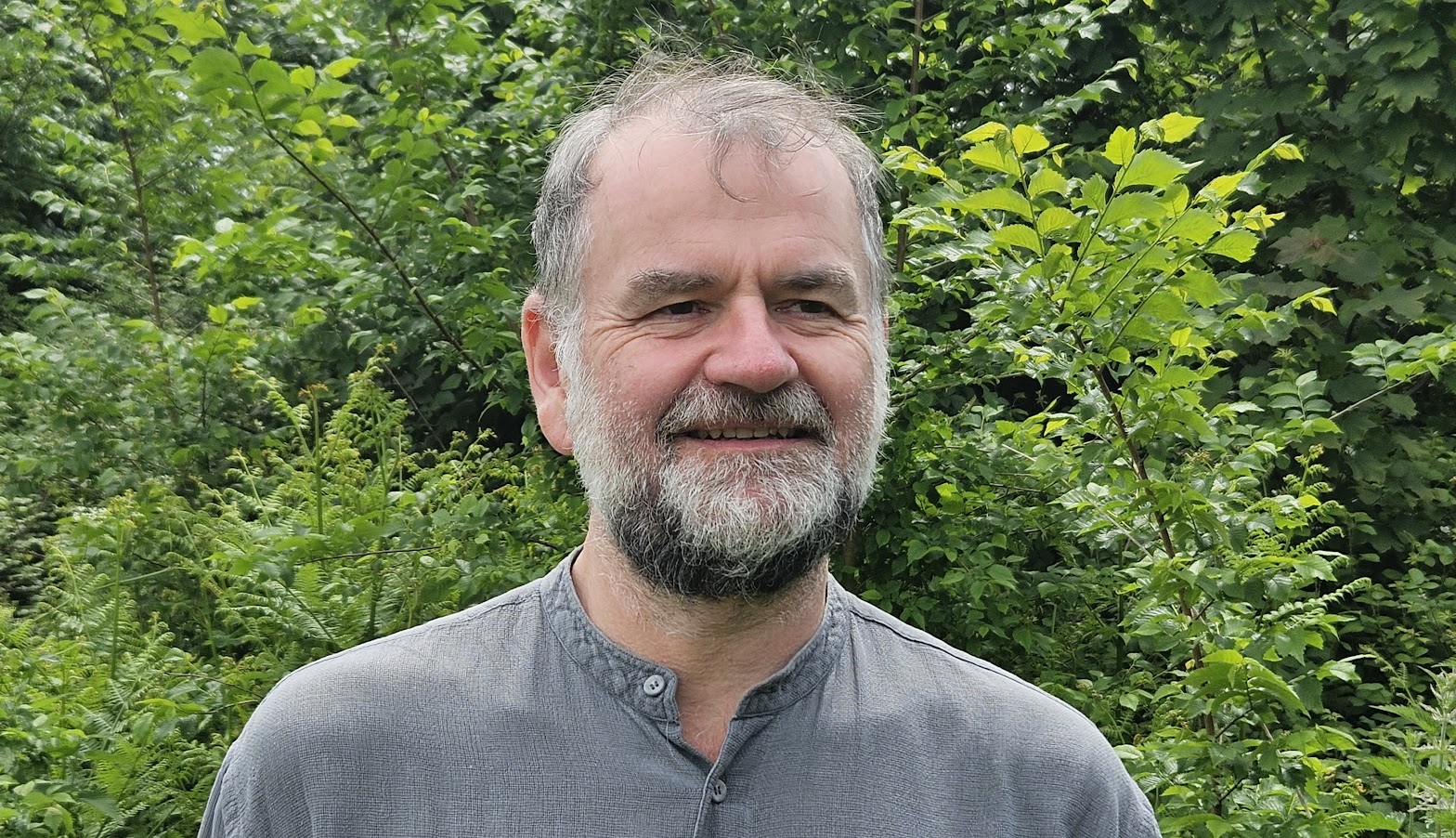 The path to a smokefree generation demands decisive action and innovative strategies. To mark World No Tobacco Day, Professor Nick Hopkinson from the National Heart & Lung Institute (NHLI) offers his insights, drawing on years of dedicated research to suggest ways in which we can achieve this.
The path to a smokefree generation demands decisive action and innovative strategies. To mark World No Tobacco Day, Professor Nick Hopkinson from the National Heart & Lung Institute (NHLI) offers his insights, drawing on years of dedicated research to suggest ways in which we can achieve this.
Smoking is the leading preventable cause of premature disability and death; two out of three people who continue to smoke will die from a smoking-related disease. Ending this requires two things: First, ensuring that people don’t start to smoke in the first place; and second, supporting the more than six million people in the UK who still smoke to quit.
‘Stopping the start’ involves making smoking less appealing,less affordable, and less available to children and young people. A key step to creating a smokefree generation will be steadily raising the age of sale, ensuring that tobacco products can never legally be sold to people born on or after 1 January 2009. The General Election has paused the progress of this legislation, but the policy has enjoyed cross-party support, so is almost certain to become law. We can be confident that it will be effective – youth smoking rates fell when the age of sale in the UK was increased from 16 to 18 in 2007, and similarly where it has been increased to 21 in the US. The year-on-year increase will also prevent the tobacco industry from addicting people later in life.

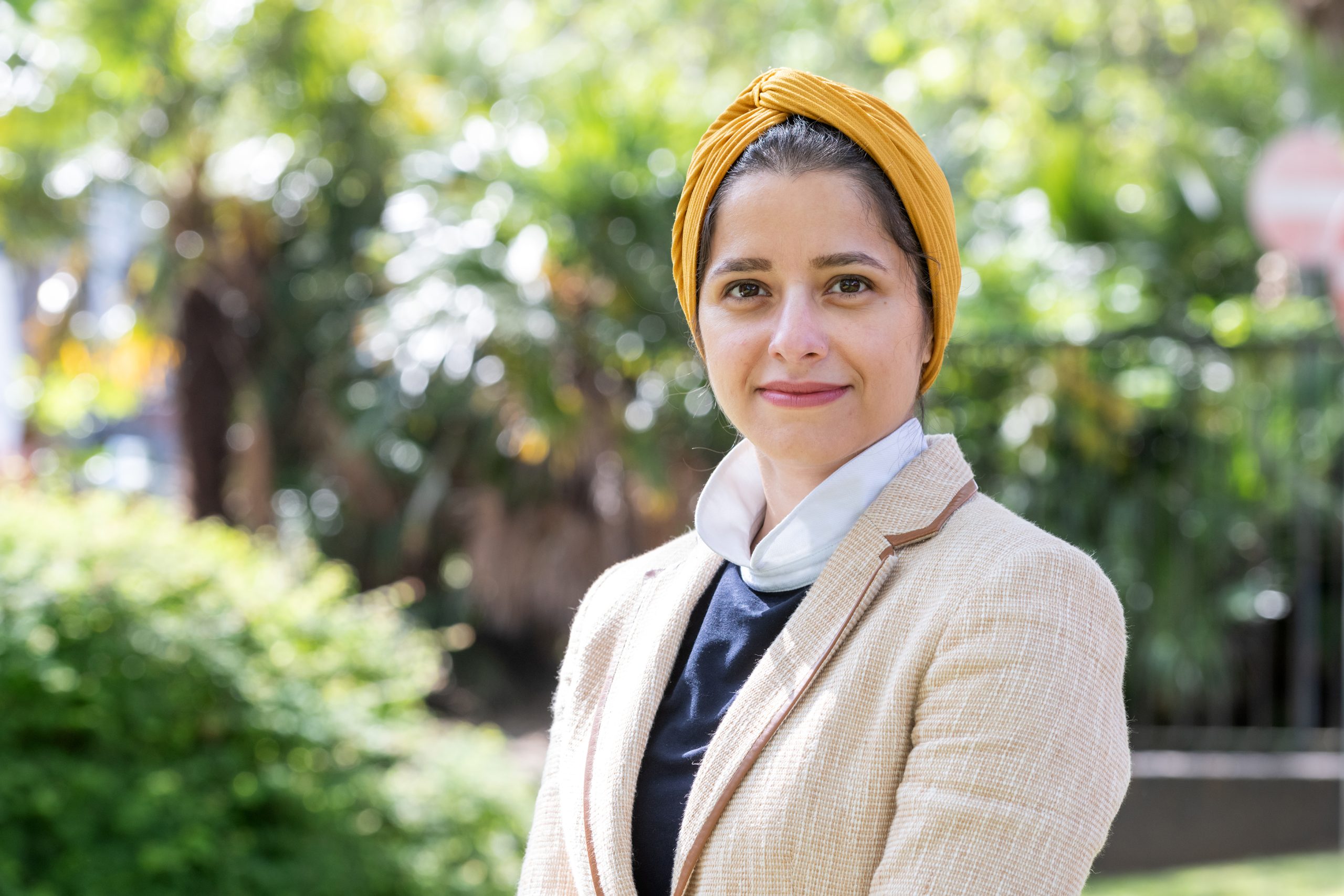
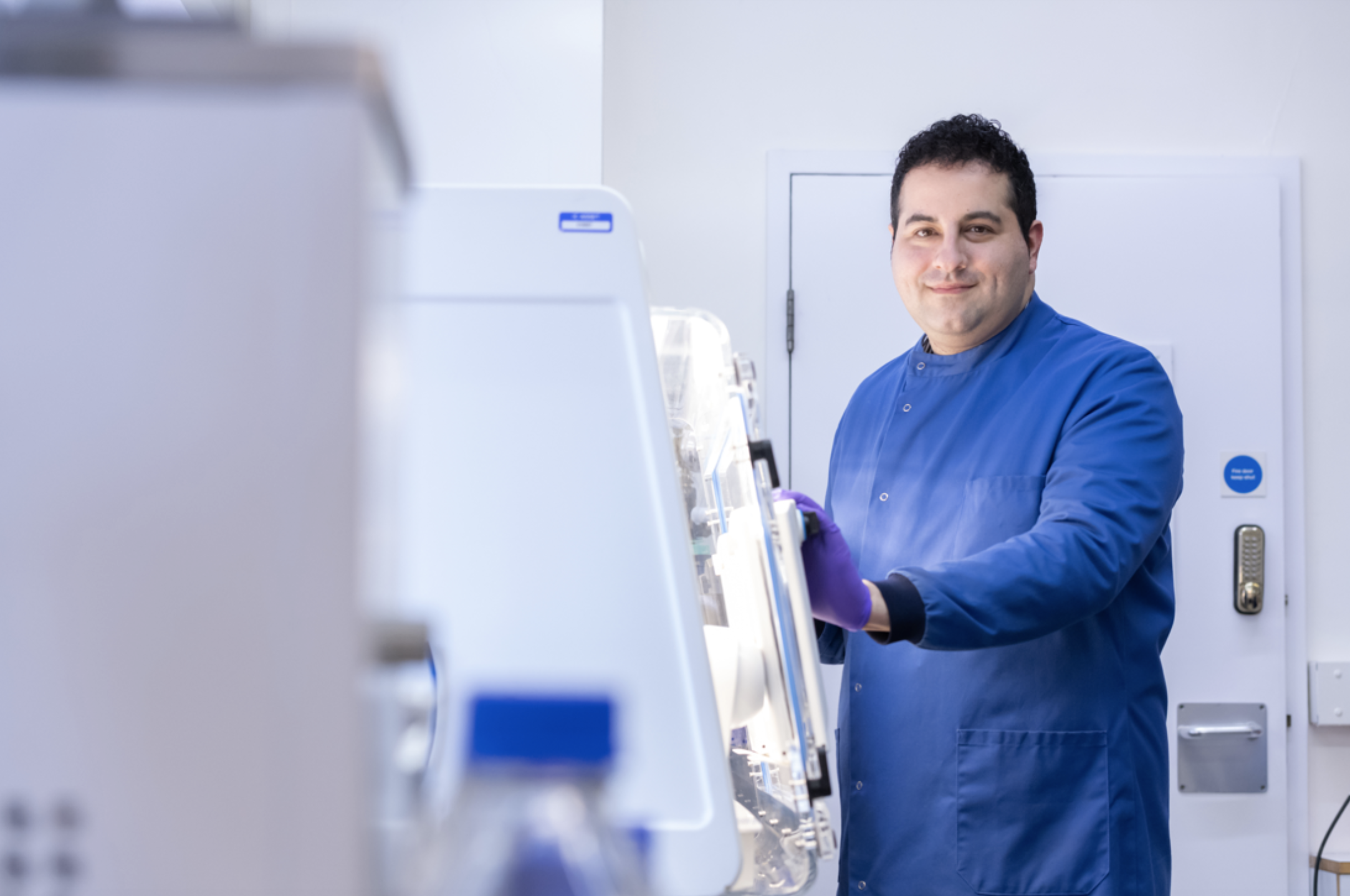
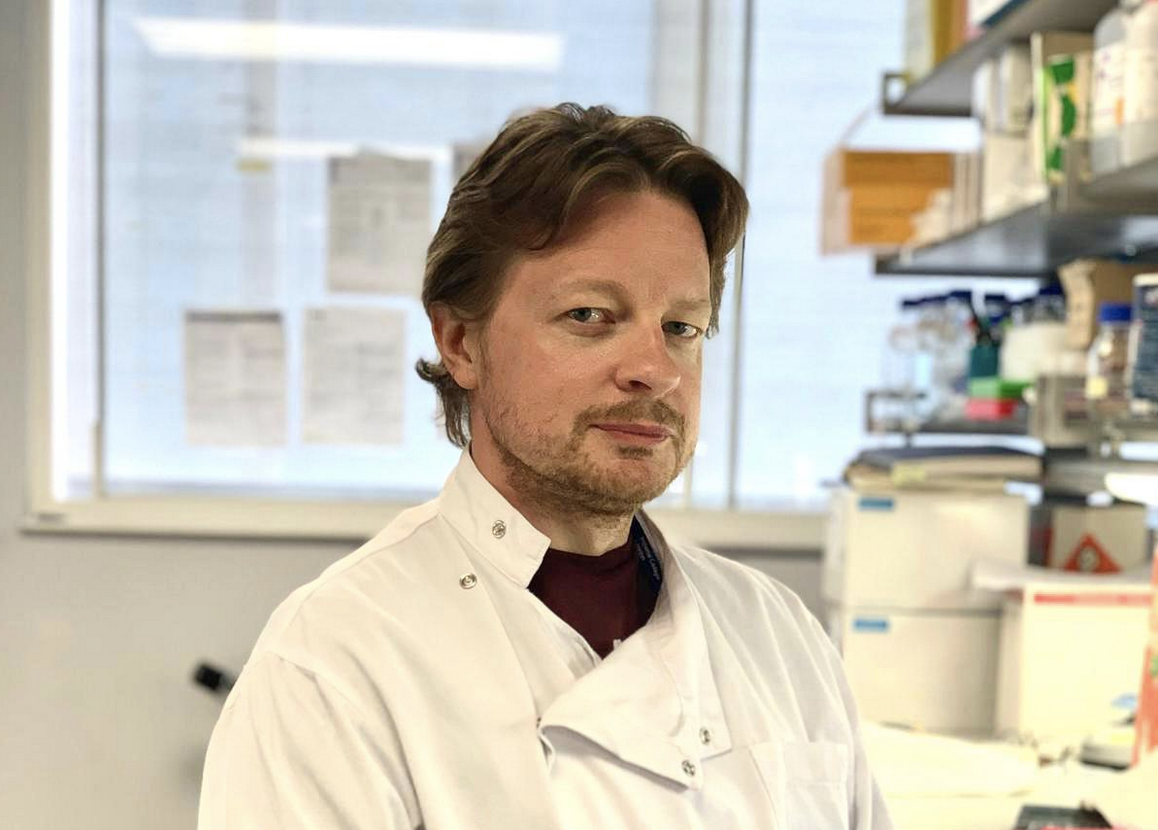

 To mark Women at Imperial Week, we’re spotlighting Fama Manneh, a 2nd-year PhD student, from the
To mark Women at Imperial Week, we’re spotlighting Fama Manneh, a 2nd-year PhD student, from the 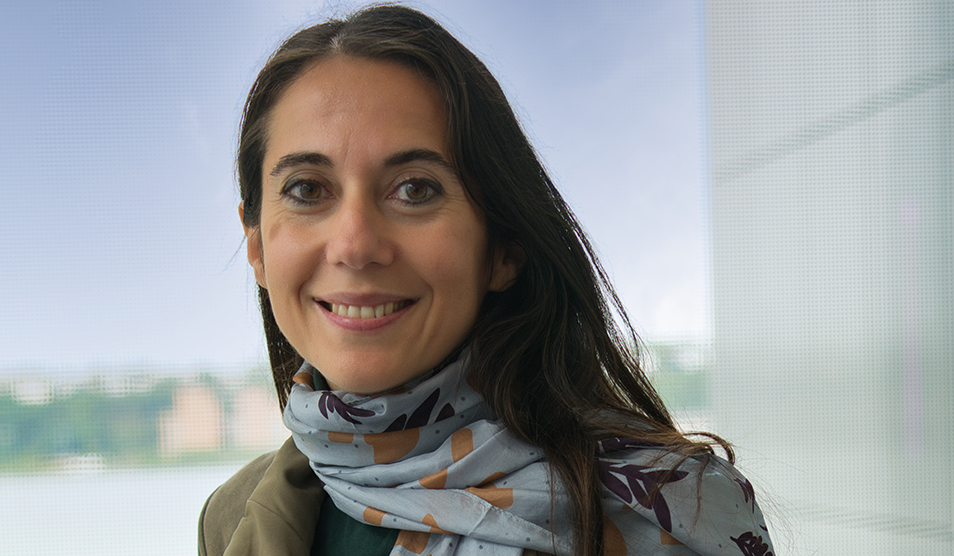
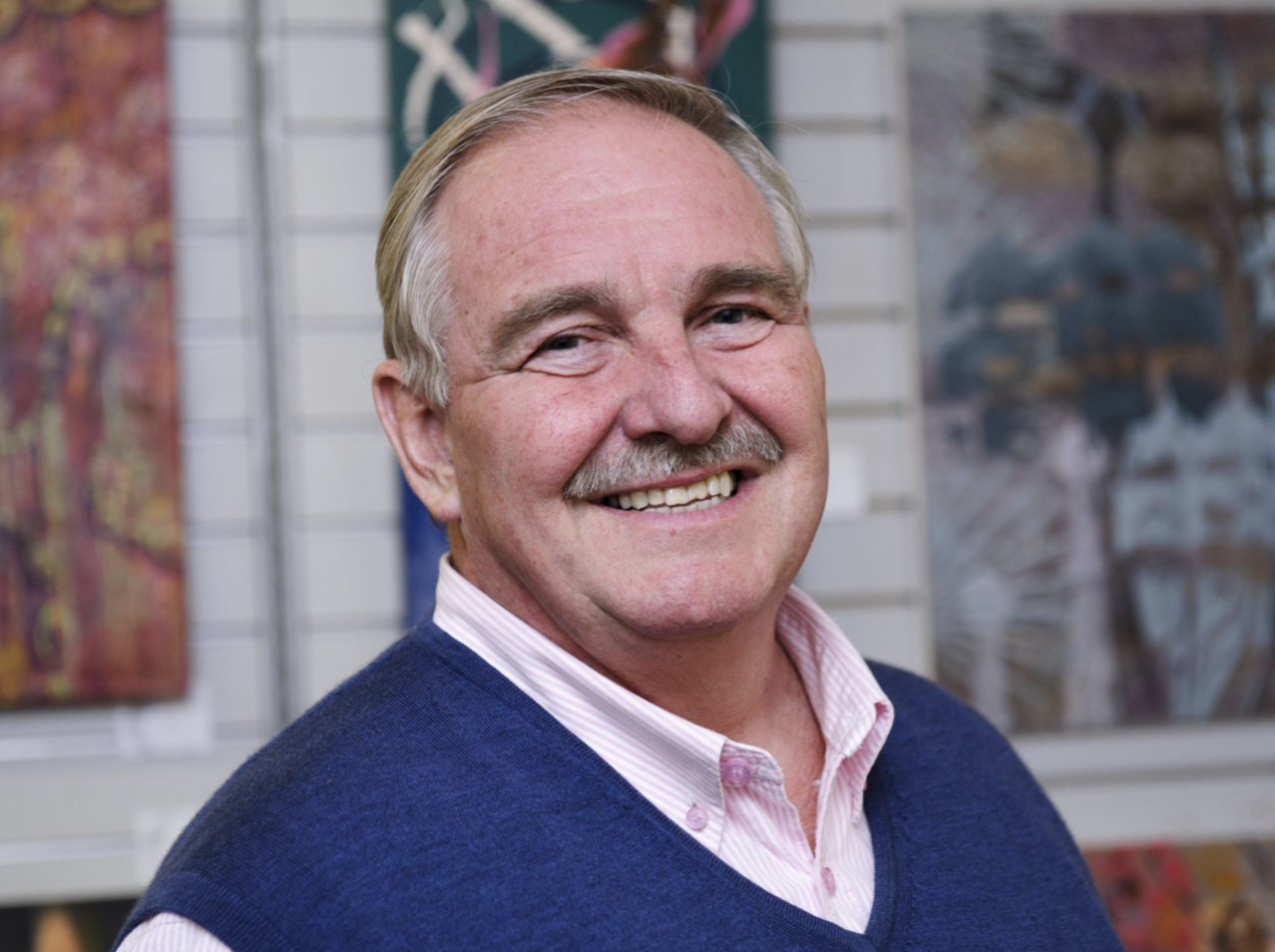

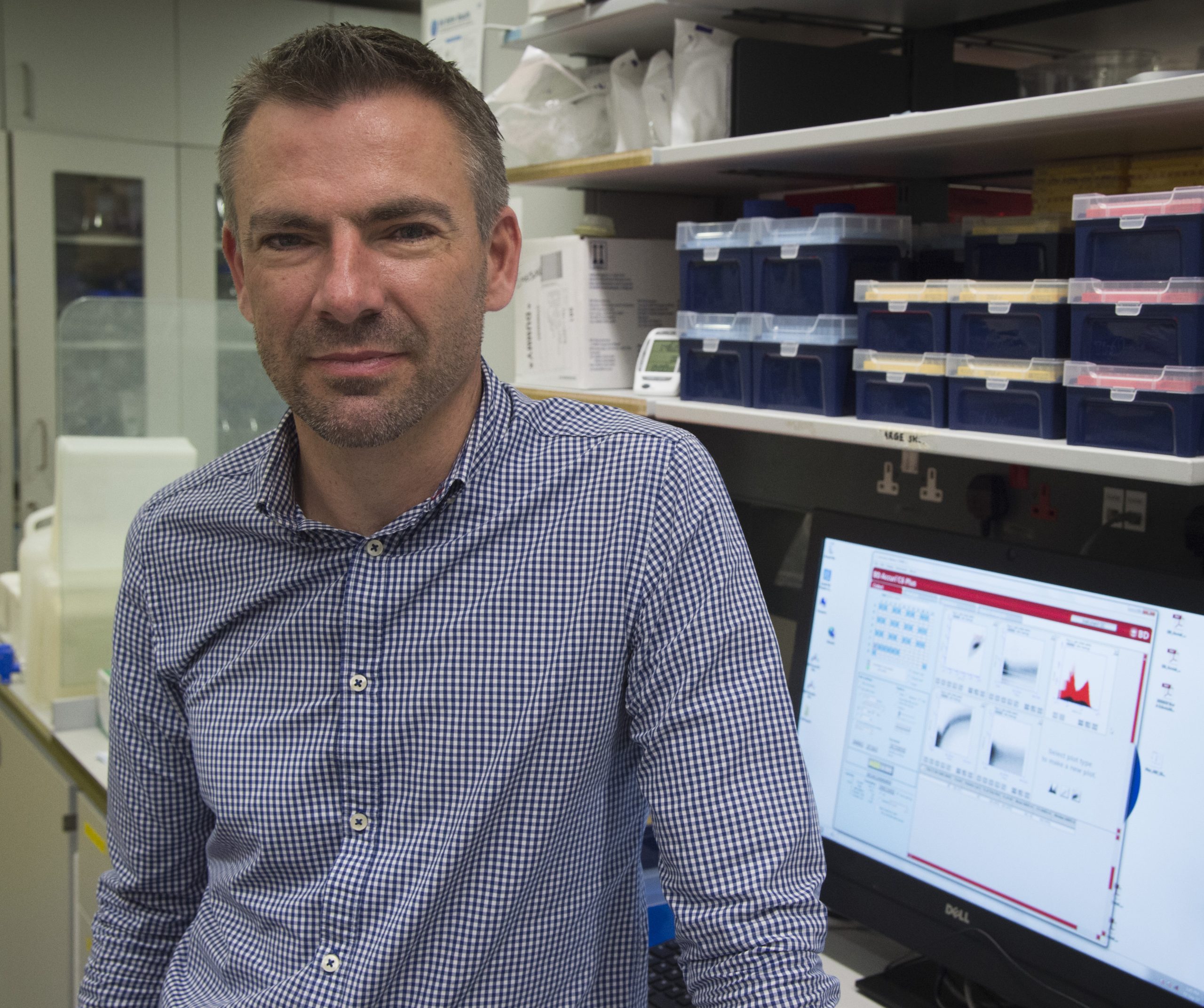 Born on what would eventually be recognized as World AIDS Day in the 1970s, Dr Mike Emerson, now affiliated with the National Heart and Lung Institute, relocated to vibrant London during the early 1990s amidst the fervour of the Britpop era. In the backdrop of Blur and Pulp melodies, 1990s London faced the AIDS crisis. Three decades later, he is at the helm of a team investigating cardiovascular ailments in people with HIV. In this piece, Dr Emerson reflects on the advancements in HIV diagnosis and therapy, and reiterates the ongoing importance of National HIV Testing Week.
Born on what would eventually be recognized as World AIDS Day in the 1970s, Dr Mike Emerson, now affiliated with the National Heart and Lung Institute, relocated to vibrant London during the early 1990s amidst the fervour of the Britpop era. In the backdrop of Blur and Pulp melodies, 1990s London faced the AIDS crisis. Three decades later, he is at the helm of a team investigating cardiovascular ailments in people with HIV. In this piece, Dr Emerson reflects on the advancements in HIV diagnosis and therapy, and reiterates the ongoing importance of National HIV Testing Week.